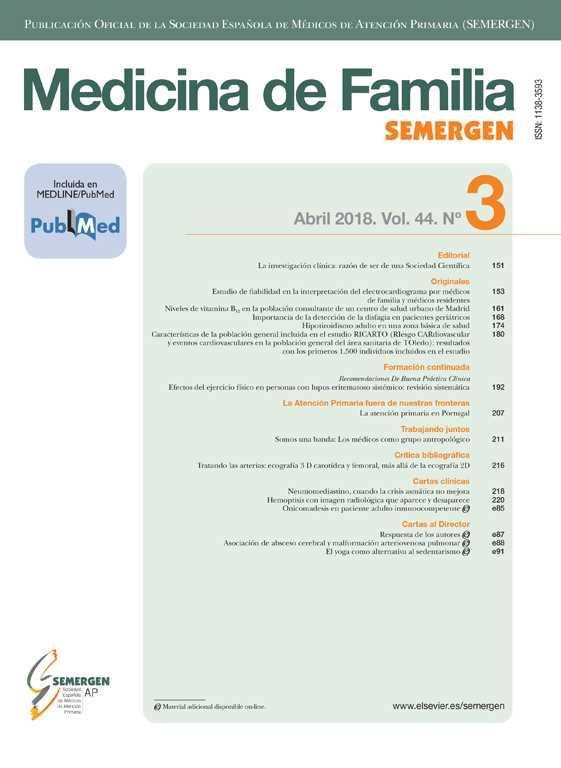La fibrilación auricular (FA) es la arritmia cardíaca más frecuente y la que produce mayor número de ingresos hospitalarios. Se caracteriza por suplantar el ritmo normal del corazón, que pasa a ser irregular y descoordinado.
La FA es un problema creciente de salud pública debido al progresivo envejecimiento de la población y a la mayor supervivencia de las enfermedades cardiovasculares. La prevalencia e incidencia aumentan, en ambos sexos, con la edad, llegándose a duplicar, aproximadamente, cada 10 años. En la población general afecta al 1%, alcanzando hasta el 16% en personas de 85 o más años de edad.
Los principales factores de riesgo relacionados con el desarrollo de la FA son, además de la edad, hipertensión arterial, diabetes y cardiopatía isquémica.
Es una enfermedad con una importante carga socioeconómica y sanitaria derivada de su alta morbimortalidad, aumentando el riesgo de muerte, insuficiencia cardíaca y fenómenos embólicos, incluido el accidente cerebrovascular.
La FA es una enfermedad que altera notablemente la calidad de vida de los pacientes debido a su incapacidad para realizar las actividades diarias normales, siendo sus principales síntomas palpitaciones, dolor de pecho, disnea, fatiga o sensación de mareos.
En la evaluación inicial de todo paciente con FA se debe clasificar adecuadamente la arritmia, valorar los síntomas, estimar el riesgo de ictus y realizar algunas pruebas complementarias al alcance del médico de atención primaria.
Atrial fibrillation (AF) is the most common abnormal heart rhythm and is the arrhythmia that provokes the greatest number of hospital admissions. In AF the normal heart rhythm changes to one that is irregular and uncoordinated. AF is an increasing problem in public health due to progressive population aging and longer survival in persons with cardiovascular diseases. In both men and women, the incidence and prevalence of AF increase with age and approximately doubles every 10 years. This disorder affects 1% of the general population, rising to 16% among persons aged 85 years or more. In addition to age, the main risk factors for the development of AF are hypertension, diabetes, and ischemic heart disease. AF provokes a high socioeconomic and healthcare burden due to its high morbidity, which increases the risk of death, heart failure and embolic phenomena, including stroke. This disorder has a strong impact on patients’ quality of life due to their inability to perform normal daily activities. The main symptoms are palpitations, chest pain, shortness of breath, fatigue and dizziness. The initial evaluation of AF should always include classification of the arrhythmia, symptom evaluation, estimation of stroke risk and the performance of some complementary tests available in primary care.






